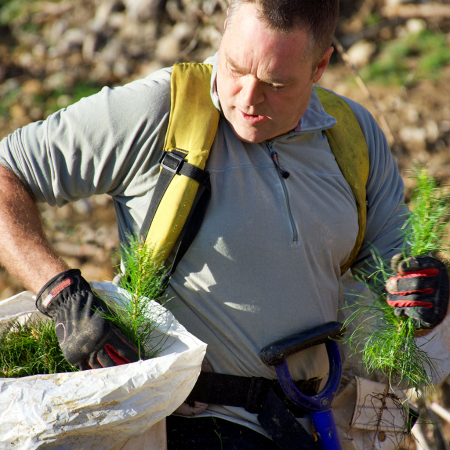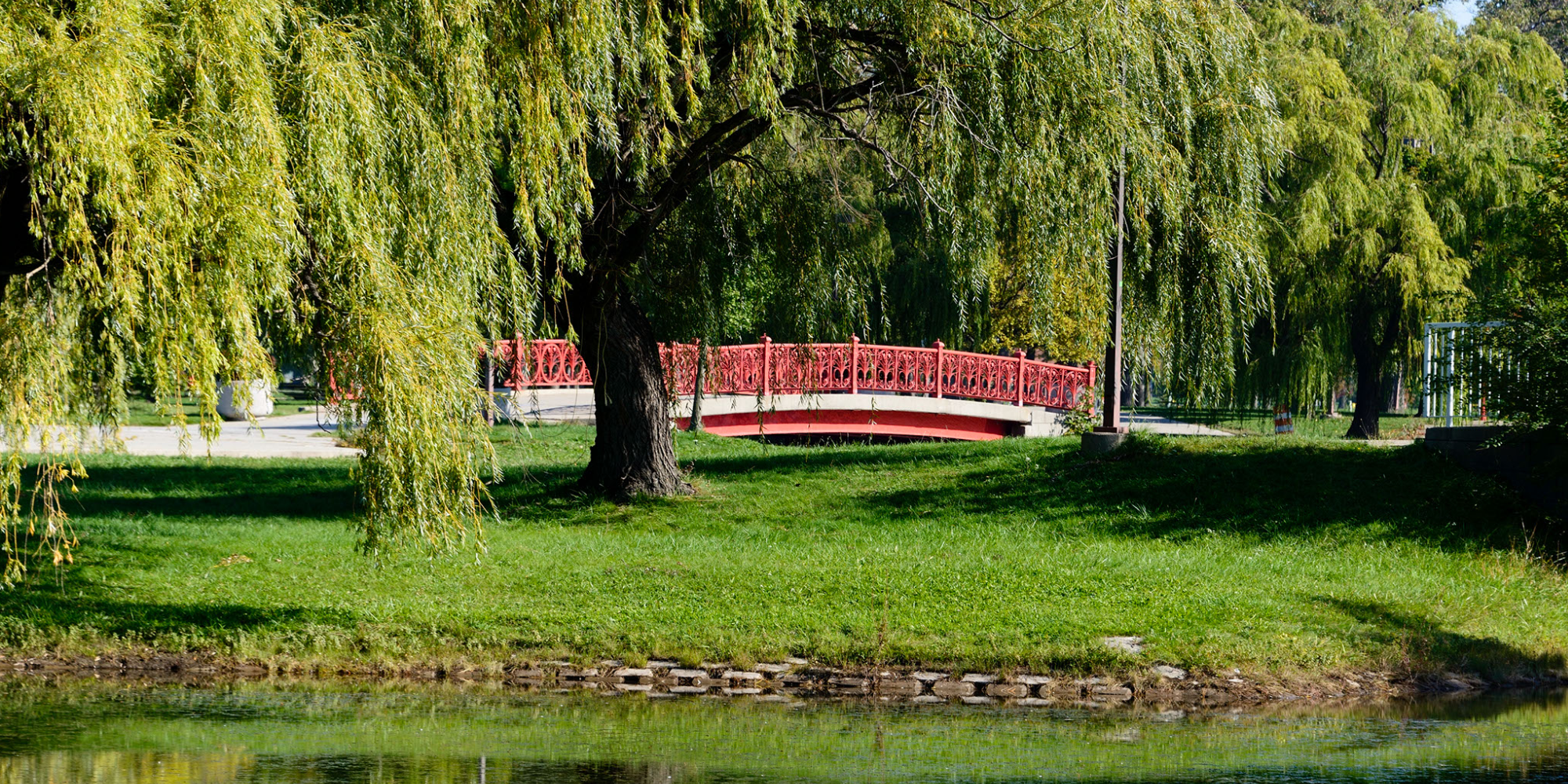Passage of the American Rescue Plan last month provided an important lifeline for communities, like Oak Ridge, to continue to be able to provide critical services to residents, support small businesses and keep essential workers employed.
Now, as President Biden has outlined an economic recovery package focused on infrastructure and jobs, it is important to remember the connection that environmental protection has to infrastructure and economic growth; they are not only complementary, but dependent on each other. This includes investing in our nation’s water infrastructure, acting on climate change to build community resilience, and enhancing local parks and green/natural infrastructure.
Water Infrastructure
First, we know that our nation’s water systems face a staggering public investment gap. A 2020 economic study from the American Society of Civil Engineers, The Economic Benefits of Investing in Water Infrastructure, found that over the next 20 years the cumulative water and wastewater capital investment gap will total $2.2 trillion. The good news is that if the United States closes the spending gap, the national economy will stand to gain $4.5 trillion in GDP by 2039.
We in Oak Ridge are acutely aware of water and wastewater infrastructure needs and costs. After spending over $20 million on sewer system improvements a few years ago, the city is now starting a $44 million project to replace our drinking water treatment plant. At the same time, we face a large and growing backlog of needed work on a system of water mains that is almost 80 years old. We estimate a cost of $100 million just to replace those water mains that are already in the most critical condition, as indicated by their high rates of leakage and frequent water main breaks that damage streets, disrupt people’s lives, and have to be patched up in a hurry. These numbers do not include nearly all of our expected costs for water infrastructure, such as the costs for replacing lead water-supply service lines and for plugging the numerous leaks in our aging sewer system that allow stormwater to infiltrate and chronically threaten to overwhelm the wastewater system’s capacity.
Community Resilience

When it comes to building community resilience in the face of extreme weather events, local leaders know that the cost of prevention pales in comparison to the cost of inaction — in terms of dollars, property and human life. For every $1 investment in disaster resilience, $6 is saved in disaster costs, according to a report by the National Institute of Building Sciences. Moreover, improving energy efficiency and investing in renewable energy makes good economic sense for residents, businesses and communities. In Oak Ridge we have seen that energy efficiency investments pay off. Our city schools and city government have been making substantial progress toward meeting targets in our city climate action plan through facility energy efficiency improvements that will pay for themselves through reduced costs for energy and maintenance. For example, just four years of energy savings will cover our costs for the recent replacement of an aging 20-year-old UV disinfection system at our wastewater treatment plant. Of course, results like these are possible only when resources are available to make the initial investment, and local governments, homeowners, and businesses often lack the financial capacity that is needed to make these kinds of improvements.
Parks, Green Space and Natural Infrastructure
Finally, communities are not in the habit of thinking of local parks, urban trees, and public open space as infrastructure, but these are natural infrastructure that bring health and environmental benefits along with economic benefits, such as increased property values and lower utility bills. Oak Ridge is richly endowed with natural assets, including public parks, greenways, and forested greenbelts, as well as a huge spring-fed outdoor swimming pool, that are a source of civic pride and provide a variety of healthful low-cost recreation opportunities to our residents and visitors. However, we are having a hard time keeping up with the investment needed to sustain this natural infrastructure. For example, while our city crews have managed to cut down urban trees killed by introduced insects and diseases, in recent years we have not replaced all of the trees we are losing. We also have not dealt effectively with invasive pest plants infesting some of our public open space, and now it is being suggested that we can no longer afford to keep recreation assets like the outdoor pool that has served our population since the 1940s. I know that other cities face similar challenges.
What Local Leaders Want to See to Advance Environmental Priorities
Earlier this year, NLC outlined five things local leaders want to see from the Biden Administration and Congress to address climate change. Going further, local leaders encourage Congress to support legislation that prioritizes investments in water, climate and community resilience, and parks and green and natural infrastructure as part of an infrastructure and economic recovery plan.
- To meet the nation’s growing water infrastructure needs, address the impacts of climate change on our water resources and to ensure equity and affordability for low- and fixed-income ratepayers, the federal government should recommit to being a significant partner with local governments by providing funding, financing and flexibility.
- The federal government should partner with local governments to address climate change and build resilient communities. NLC calls on the federal government to take urgent action to reduce greenhouse gas emissions across a broad sector of the economy, including energy production and consumption and transportation networks, and become carbon neutral to mitigate the effects of climate change and hold warming to 1.5°C.
- NLC urges the federal government to support investments in local parks and green infrastructure, which will provide a multitude of community benefits, ensure equitable access to outdoor recreation opportunities and instill a new generation of conservation and environmental stewardship.
As chair of NLC’s Energy, Environment and Natural Resources Committee, I am encouraged by President Biden’s American Jobs Plan, which includes many of these environmental priorities, and most importantly, frames environmental protection with infrastructure investments that will support economic growth.
NLC is looking forward to working with Congress on a bipartisan recovery package that moves these priorities forward. We are encouraged that Congressional committees are already at work on bipartisan proposals for water, energy and natural infrastructure. Passing these bills will help our communities thrive, so that we can rebuild a more sustainable, equitable and resilient country.
To learn more about NLC’s priorities around Building Sustainable and Resilient Infrastructure, visit www.nlc.org/rebuild.








